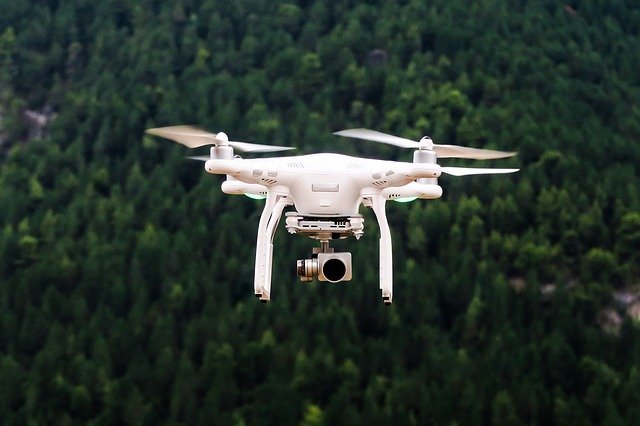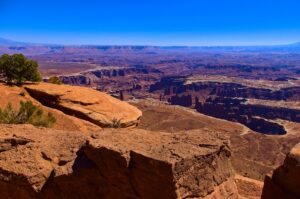Are drones allowed in national parks? And what are your alternatives?
Drones have become a popular pastime for many people in the past decade or so. And while they can give you a bird’s-eye view that would otherwise be impossible, there are restrictions as to where they can be used. Find out about drones in national parks and possible alternative places you can fly them.
Are drones allowed in national parks? In general, drones have not been allowed in national parks since 2014. However, there are other options you have to enjoy your drone and still see some great natural beauty on public land.
What Are the rules regarding drones in national parks?
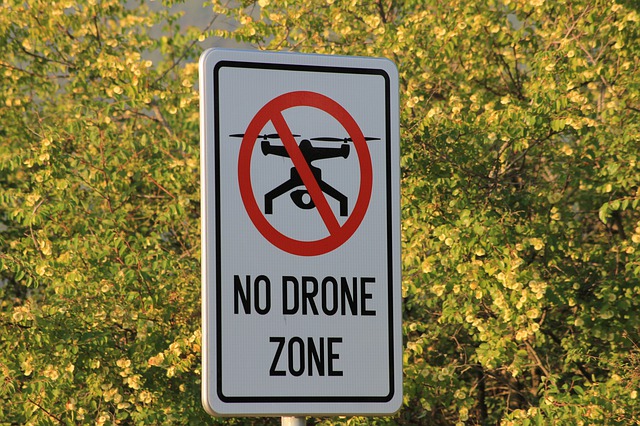 Drones have been outlawed in national parks since 2014. Jonathan Jarvis, who was the Director of the National Park Service at the time, issued Policy Memorandum 14-05 on June 19, 2014. The memorandum directed all park superintendents to change their park rules to prohibit the “launching, landing, or operating an unmanned aircraft from or on lands and waters administered by the National Park Service within the boundaries of [insert name of park] is prohibited except as approved in writing by the superintendent.”
Drones have been outlawed in national parks since 2014. Jonathan Jarvis, who was the Director of the National Park Service at the time, issued Policy Memorandum 14-05 on June 19, 2014. The memorandum directed all park superintendents to change their park rules to prohibit the “launching, landing, or operating an unmanned aircraft from or on lands and waters administered by the National Park Service within the boundaries of [insert name of park] is prohibited except as approved in writing by the superintendent.”
It further defined “unmanned aircraft” as “a device that is used or intended to be used for flight in the air without the possibility of direct human intervention from within or on the device, and the associated operational elements and components that are required for the pilot or system operator in command to operate or control the device (such as cameras, sensors, communication links). This term includes all types of devices that meet this definition (e.g., model airplanes, quadcopters, drones) that are used for any purpose, including for recreation or commerce.”
Where Does the Bank Apply?
The ban was comprehensive and applies to all properties administered by the National Park Service. This includes not only national parks, but also national battlefields, national historic parks and sites, national memorials, and national recreation areas, among others. You can find a complete list of properties administered by the National Park Service on their website.
The only way to fly a drone in national park service areas is with a special use permit. Special use permits are only for activities such as search and rescue or other uses designed for public safety.
Why Are Drones Banned in National Parks?
According to the National Park Service, drones were banned “due to serious concerns about the negative impact that flying unmanned aircraft can have for safety of visitors, staff, and wildlife, they have been restricted in all but a few parks.”
As with anything, incidents in the past with the irresponsible use of drones ended up influencing this decision. Prior to the ban, there were several incidents of drone misuses. These included harassing people or wildlife, crashing into geysers at Yellowstone, attempting to land on features at Mount Rushmore. Another drone was lost in the Grand Canyon. There are incidents specifically cited by the National Park Service as justification for the ban.
Penalties for use of drones in national parks
Penalties for violations of the above rules are enforced by park rangers and are not something to be taken lightly. Violation of the regulations can be a federal misdemeanor. These are punishable by a fine of up to $5,000 and six months in jail. You’re unlikely to face a penalty that severe for a first-time offense. However, keep in mind that continued violation of the rules could cause you to pay increased fines and to possibly face jail time. And even fines for first-time offenders can be stiff.
Can I Launch A Drone from Outside the Park and Fly Over?
Although launching and landing from national park property is expressly prohibited, what about flying over when launching from outside the park? This is where the rules get a little fuzzy. The rules also prohibit “operating” an unmanned aircraft from or on NPS land within the boundaries of the park. Whether someone outside the park is “operating” the aircraft when the drone is in the park and the person is not within the park seems to be unsettled.
The spirit of the law would seem to suggest that as long as the drone is over NPS property, the pilot is “operating” in the park. Nevertheless, the NPS does give some guidance in this area. It does provide for some leniency from the standard rule.
What the National Park Service Says
The NPS states that “unless an unmanned aircraft pilot obtains special permission through the FAA, use of unmanned aircraft must remain line of sight.” This would seem to suggest that as long as the drone remains with your line of sight, you are fine flying the drone over the park if you’re outside the park boundaries. Like anything, though, there are some caveats.
You can still be cited for violation of the rules:
- If the unmanned aircraft pursuits or harasses wildlife or creates an intentional disturbance of wildlife nesting, breeding, or other activities, the user could be cited for a violation of 36 C.F.R. § 2.2.
- If the user of the unmanned aircraft knowingly or recklessly creates a risk of public alarm or nuisance by causing noise that was unreasonable under the circumstances or by creating a hazardous or physically offensive condition, the user could be cited for disorderly conduct under 36 C.F.R. § 2.34.
- 36 C.F.R. § 2.12(a)(3) prohibits, in non-developed areas, operating a device powered by a portable motor or engine, except pursuant to the terms and conditions of a permit.
Alternative areas for drones
So if you can’t fly your drone over national parks, what legal alternative do you have? There actually are several.
BLM Land
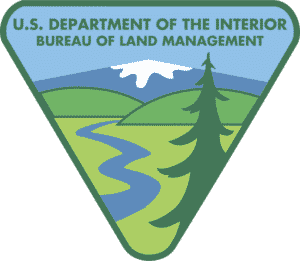 The Bureau of Land Management (BLM) is part of the Department of the Interior and oversees about 247 million acres of public land. In general, there are fewer rules and regulations for most activities on BLM lands. The use of drones is no exception. As a general rule, the use of drones on BLM land is permitted.
The Bureau of Land Management (BLM) is part of the Department of the Interior and oversees about 247 million acres of public land. In general, there are fewer rules and regulations for most activities on BLM lands. The use of drones is no exception. As a general rule, the use of drones on BLM land is permitted.
A caveat, however, is that there may sometimes be areas adjacent to or surrounded by BLM land that has a different classification and, therefore, different rules. The flying of drones over and around wildfires is also prohibited. As with everything, you’re always best to check the laws at the specific location before you fly your drone.
Another advantage of BLM land is that it is often close to national parks. Because of this, you can experience much of the same terrain and wildlife you’d see in the park. For instance, you’ll find BLM land or national forests near some of the most popular national parks. These include Yellowstone National Park, Grand Teton National Park and Arches National Park. And speaking of national forests.
National Forests
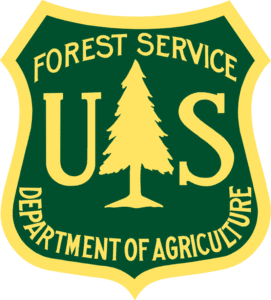 National forests, although similar in name to national parks, are somewhat different. These areas are managed by the Department of Agriculture. The mission of the National Forest Service is to sustain forests while meeting the needs of the public. As such, you’ll often finds that certain activities are permitted in national forests that are forbidden in national parks.
National forests, although similar in name to national parks, are somewhat different. These areas are managed by the Department of Agriculture. The mission of the National Forest Service is to sustain forests while meeting the needs of the public. As such, you’ll often finds that certain activities are permitted in national forests that are forbidden in national parks.
In general, you are permitted to fly drones in national forests. There are, however, several rules and restrictions that you should be aware of. You can visit the National Forest Service tips page for more a complete list of rules. It’s important to follow these rules for the safety of other visitors, the forest, and the wildlife. Violation of these could result in fines.
State Parks
State parks are not under the jurisdiction of the federal government. As such, the rules will vary depending on the state and the park. The only exception is that the Federal Aviation Administration, which has nationwide jurisdiction. So you’ll want to make sure drones are not banned by the FAA wherever you’ll be flying. Most state parks permit the use of drones, although you will find parks that occasionally don’t.
With fifty states, there is a patchwork of different laws and regulations so, as always, you’ll want to be sure to check out each park before you visit. And you may also find some variation with a state, so be careful not to assume that the statewide policy applies to the park you’ll be visiting.

